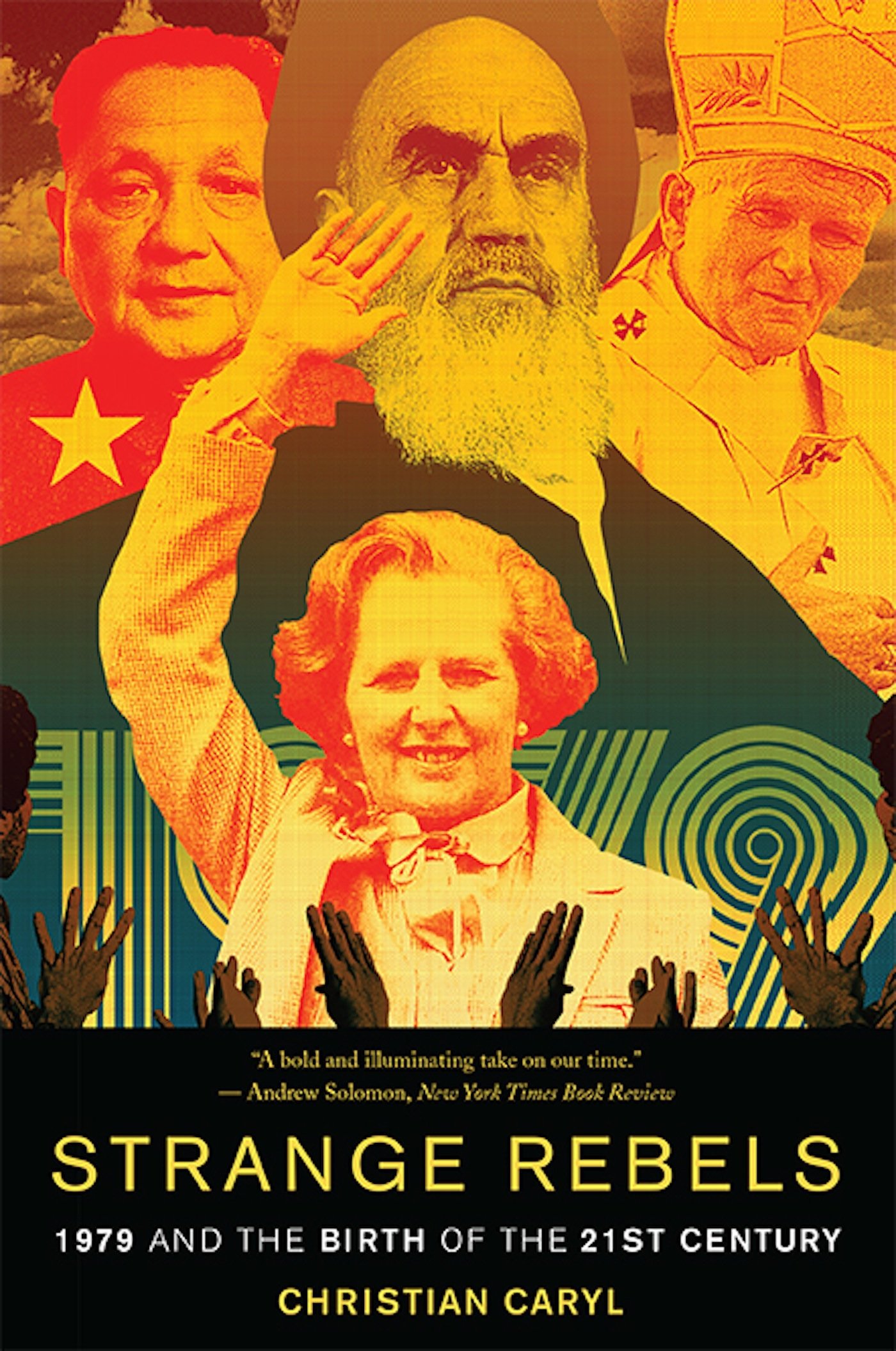6 books that explain Ronald Reagan's late-1970s rise
Rick Perlstein, author of Reaganland, recommends works by Ruth Murray, Anne Edwards, and more
Rick Perlstein's new book, Reaganland, is the fourth volume in his prize-winning series about the conservative movement in America since Barry Goldwater. Below, Perlstein recommends books that explain Ronald Reagan's late-1970s rise.
Early Reagan by Anne Edwards (1987).

Reagan biographers tend to be worshipful supplicants, knee-jerk deriders, or those striving so hard for an "unbiased" middle path that they make errors like treating Reagan's memoirs as factual records even though they contradict one another. Edwards just did the work — including tracking down high school yearbook doggerel mocking the teenage Reagan for "rescuing" people who weren't drowning, in order to build his self-image as a hero. Hard to grasp Reagan without this book.
The Week
Escape your echo chamber. Get the facts behind the news, plus analysis from multiple perspectives.

Sign up for The Week's Free Newsletters
From our morning news briefing to a weekly Good News Newsletter, get the best of The Week delivered directly to your inbox.
From our morning news briefing to a weekly Good News Newsletter, get the best of The Week delivered directly to your inbox.
For a 'Christian America' by Ruth Murray Brown (2002).

Brown was a sociologist who dug deep in real time within the army of "housewives" — many involving themselves in politics for the first time — who built a major rampart in the Reagan coalition behind the backs of pundits.
The Book of Jerry Falwell by Susan Friend Harding (2000).

Another masterpiece that dared to not concern itself with the feelings of its subjects, in this case, born-again Christians. Harding comes to her topic as an anthropologist seeking to understand a worldview from the inside. The picture of fundamentalist Christian America that emerges is so surreal, even this well-versed reader found himself rubbing his eyes in astonishment.
A free daily email with the biggest news stories of the day – and the best features from TheWeek.com
Fluctuating Fortunes by David Vogel (1989).

In the first decades after World War II, big business largely accepted and even welcomed government and labor as equal partners in economic life. Vogel's is the best account of the shift that created the world we know now, showing how when profits began falling in the 1970s, business turned against that partnership with a vengeance.
The Last Great Senate by Ira Shapiro (2012).

Most accounts of the supposedly halcyon days of bipartisan comity in Washington are sappy, sentimental, and shallow. This one, written by a former senatorial aide, is actually convincing.
Strange Rebels by Christian Caryl (2013).

Caryl brilliantly knits together a coherent narrative of the year 1979, connecting the theocratic revolutions in Iran and Afghanistan, the market revolution in China, and the Thatcher revolution in England. The crucial common thread: Intellectuals, policymakers, and media experts considered each event inconceivable. That's as useful a lesson now as ever.
This article was first published in the latest issue of The Week magazine. If you want to read more like it, you can try six risk-free issues of the magazine here.
-
 Political cartoons for January 4
Political cartoons for January 4Cartoons Sunday's political cartoons include a resolution to learn a new language, and new names in Hades and on battleships
-
 The ultimate films of 2025 by genre
The ultimate films of 2025 by genreThe Week Recommends From comedies to thrillers, documentaries to animations, 2025 featured some unforgettable film moments
-
 Political cartoons for January 3
Political cartoons for January 3Cartoons Saturday's political cartoons include citizen journalists, self-reflective AI, and Donald Trump's transparency